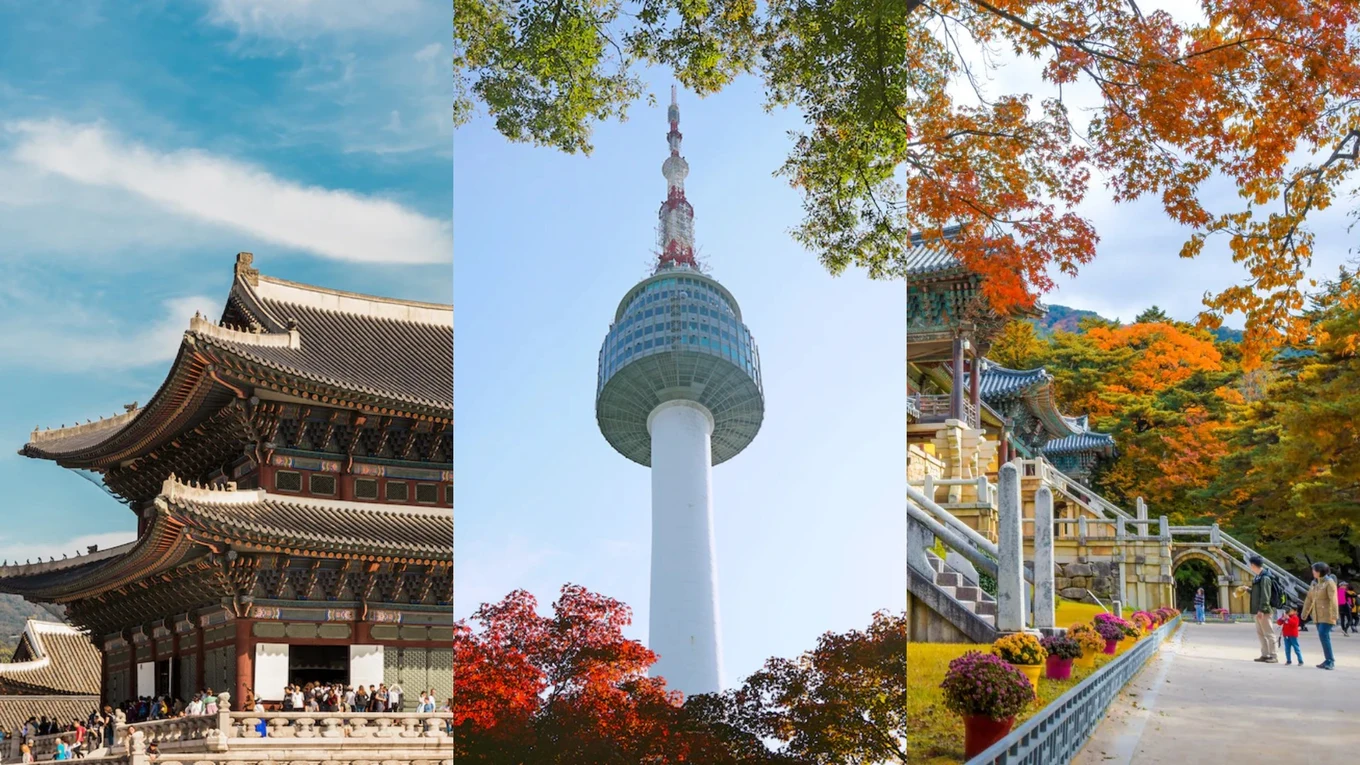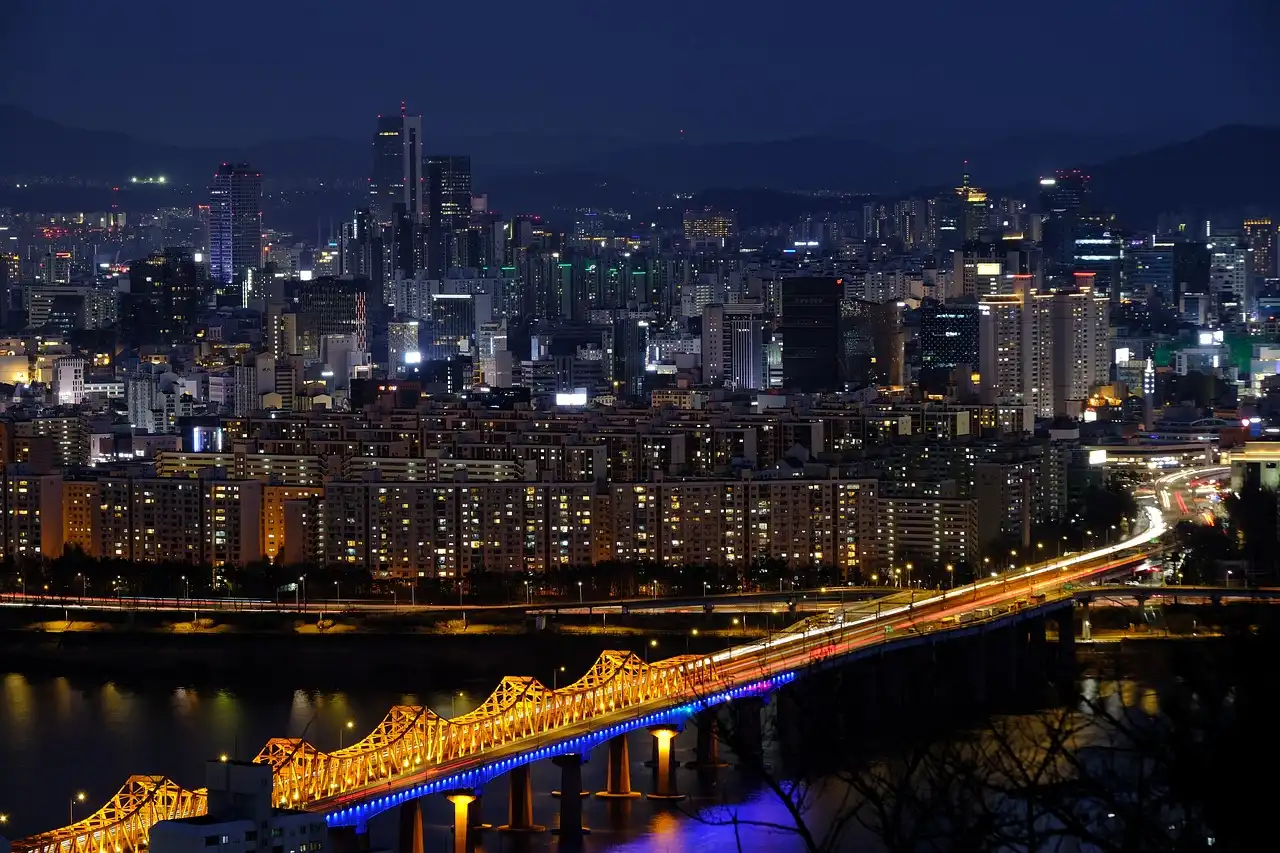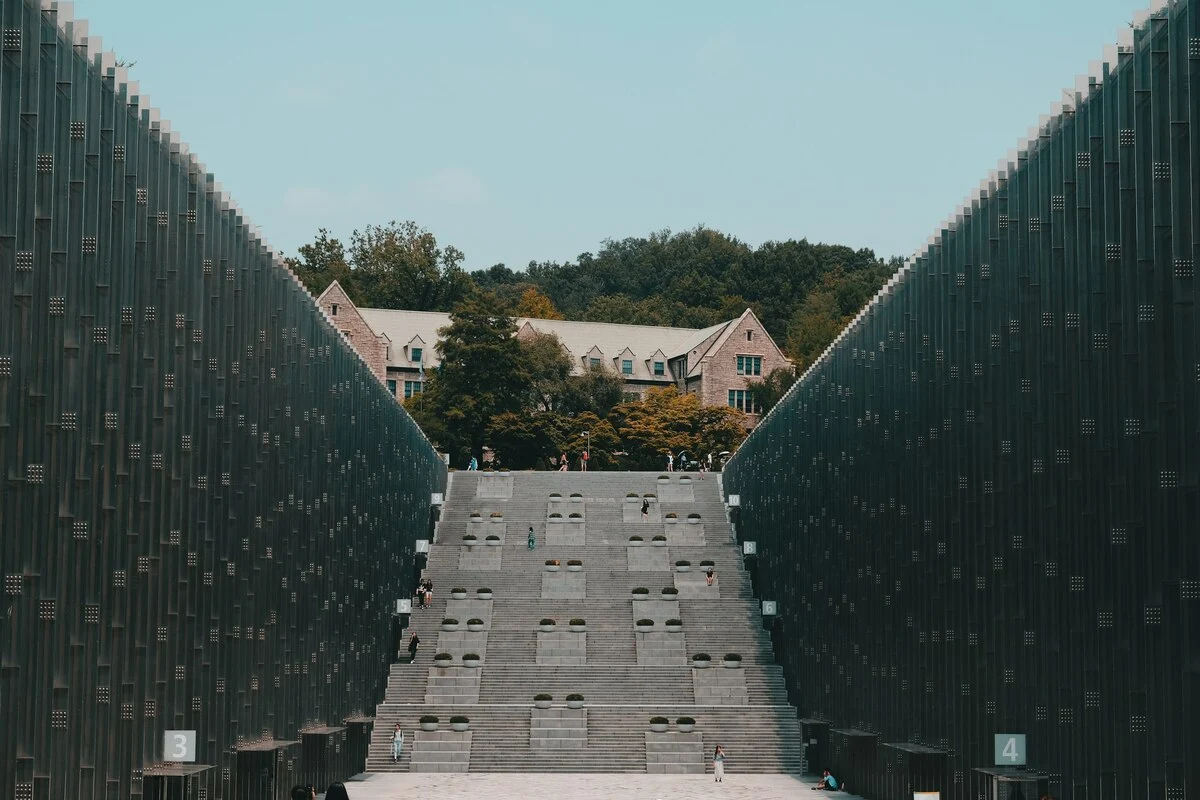South Korea to Invest 27 Trillion Won in Fine Dust Reduction by 2029

On the 27th, Prime Minister Han Duck-soo announced that South Korea aims to reduce the concentration of fine particulate matter (PM2.5) to 13 micrograms per cubic meter (㎍/㎥), which is the median level among OECD countries, by 2029. This initiative will be supported by an investment of 27 trillion won over the next five years as part of the 'Second Comprehensive Plan for Fine Dust Management' starting next year.
During the 14th Special Committee on Fine Dust Measures held at the Government Seoul Building, Prime Minister Han highlighted the severe impact of fine dust pollution since 2015, which led to the enactment of the Special Act on Fine Dust. He noted that the first five-year comprehensive plan was established and implemented by the Special Committee at the end of 2019. As a result, the annual average concentration of PM2.5 has decreased by over 30%, from 26 ㎍/㎥ in 2016 to 18 ㎍/㎥ in 2023. Notably, this year, the PM2.5 level recorded a historic low of 16 ㎍/㎥ by October. Additionally, the concentration of PM2.5 during the seasonal management period (December to March) has improved by approximately 36% compared to before the implementation of the system.
Prime Minister Han emphasized that the current achievements should not lead to complacency, stating that air quality can deteriorate rapidly due to weather conditions. He stressed that maintaining clean air is essential for improving the quality of life for citizens and is a key factor in national competitiveness, impacting tourism and industrial productivity.
The second comprehensive plan, approved by the Special Committee, outlines a phased approach to decommissioning aging coal power plants or transitioning them to co-firing systems, which mix coal with ammonia to reduce carbon emissions. The government will gradually lower the allowable emissions of air pollutants from factories in designated air quality management zones and will utilize mobile measurement vehicles and drones to detect illegal emissions. Additionally, efforts will be made to enhance the treatment and energy recovery of livestock waste to reduce ammonia emissions.
In the transportation sector, the plan includes increasing the distribution of electric and hydrogen vehicles, continuing the early scrapping of old diesel vehicles, and transitioning ships to liquefied natural gas (LNG) or hydrogen as power sources to minimize fine dust generation. Measures will also be taken to manage fine dust produced from tire and brake wear. For urban subway stations, the installation of air purification systems will be expanded, and pilot projects will introduce dust collection vehicles to remove fine dust from tunnel sections between stations.
Support will be provided for improving ventilation systems and installing fine dust reduction equipment in places where significant smoke is generated, such as school cafeterias, food factories, and direct-grill restaurants. A public-private consultative body will be established to focus on managing petrochemical complexes that emit large amounts of volatile organic compounds, which contribute to PM2.5. During the seasonal management period (December to March), fine dust forecasts will be issued twice daily, in the morning and afternoon, instead of once a day.
What do you think?
0 reactions





